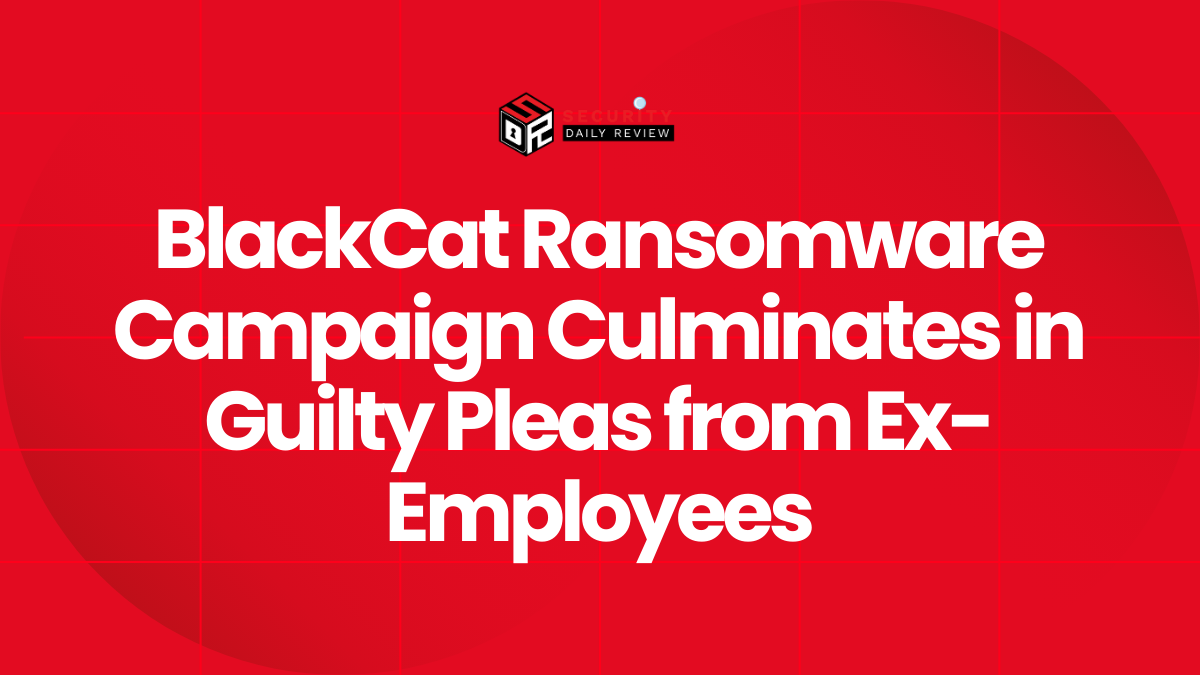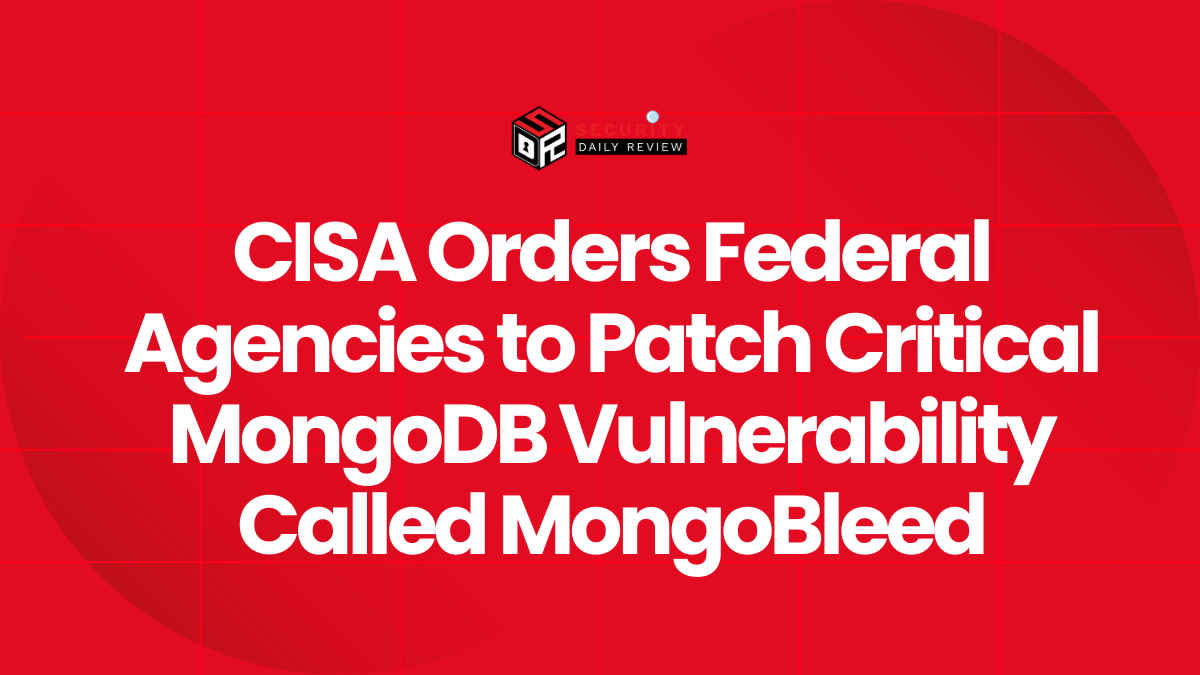A large-scale data leak tied to core developers of China’s internet censorship infrastructure has exposed more than 500 GB of internal materials, including source code, work logs and internal communications. The archive, published by an anonymous source on September 9, 2025, reveals exports of mass-surveillance and censorship systems to Myanmar, Pakistan, Ethiopia and Kazakhstan.
Leaked Archive Details and Origin
The leaked archive is attributed to Geedge Networks, a company closely associated with China’s Great Firewall development, and includes material from the MESA Lab at the Institute of Information Engineering, Chinese Academy of Sciences. The dataset contains Jira tickets, Confluence pages, GitLab repositories, source code and other operational documents. Screenshots and timestamps within the files suggest much of the content dates from the previous year.
An anonymous source delivered the data to Enlace Hacktivista, a wiki-based platform that hosts and distributes leaked datasets. Before public release, a coalition of civil society groups and media organizations analysed the corpus and published findings describing what they called a Silk Road of surveillance.
International Exports and Belt and Road Links
Analysts report that Geedge Networks marketed and supplied censorship and surveillance systems internationally, with deployments and sales tied to the Belt and Road framework. The leaked records detail technology transfers and project work for governments in Myanmar, Pakistan, Ethiopia and Kazakhstan, showing operational use cases for large-scale population monitoring and targeted censorship.
Civil Society and Media Analysis of the Leak
More than 100,000 documents were examined by a coalition of outlets and organisations, including the Globe and Mail, Der Standard, Follow the Money, InterSecLab, Amnesty International, Justice For Myanmar, the Tor Project and Paper Trail Media. Those groups confirmed that elements of the leaked material show commercial offers and deployment plans for technologies that enable rapid internet shutdowns, filtering of traffic, and individual tracking.
“The significance and far-reaching implications of this leak are substantial,” analysts from the GFW Report, an internet censorship monitoring platform, said after reviewing the material.
Pakistani Firewall Upgrade and Supply Chain Details
The archive includes documentation on a recent upgrade to Pakistan’s national filtering infrastructure. Leaked files identify two advanced systems: the Web Monitoring System (WMS 2.0) and the Lawful Intercept Management System (LIMS). According to Amnesty International’s review, Geedge Networks supplied the software components, while hardware and complementary systems were provided through an international chain that included companies such as Niagara Networks and Thales, and third-party resellers. LIMS components were linked to technology from Utimaco routed through an Emirati integrator named Datafusion.
Amnesty International described the offering as a commercialized version of China’s censorship stack, noting that such systems can be used to monitor broad swathes of the population and to silence dissent.
What the Leak Reveals About Research and Operations
The dataset contains evidence of research, development and operational playbooks for censorship and surveillance tools. Files show feature roadmaps, bug-tracker entries, test logs and internal discussions that map how detection, filtering and interruption mechanisms are built and deployed. The material also details export contracts, field deployments and integration notes for partner governments.
Researchers say the documents demonstrate how standard network management and security products were adapted into mass-surveillance capabilities. Marketing material in the leak presents those systems as conventional cybersecurity solutions while internal records show features intended to enable content blocking, traffic manipulation and precise targeting of individuals.
Scale and Potential Impact Reported by Investigators
Leaked logs and project files indicate deployments that can scale to cover national networks and that may include integration with local telecom carriers. Investigators warn the material documents both the technical mechanisms and the operational procedures that enable censorship actions, including rapid filtering rules and interfaces for lawful-intercept workflows.
Groups that analysed the archive said the leak offers a rare window into the export markets for censorship technology and the supply chains that enable cross-border deployments. The files also raise questions about the role of international hardware and software suppliers in national filtering projects.
Responses by Research Groups and Rights Organisations
Civil society groups and media outlets released coordinated reporting after the analysis. Amnesty International published findings linking Geedge Networks’ products to operational censorship in partner countries. Other organisations confirmed portions of the archive and provided technical summaries to researchers tracking global censorship.
Authorities or the companies named in the leaked files did not immediately publish comprehensive public responses to the documents analysed by the coalition at the time of reporting.









